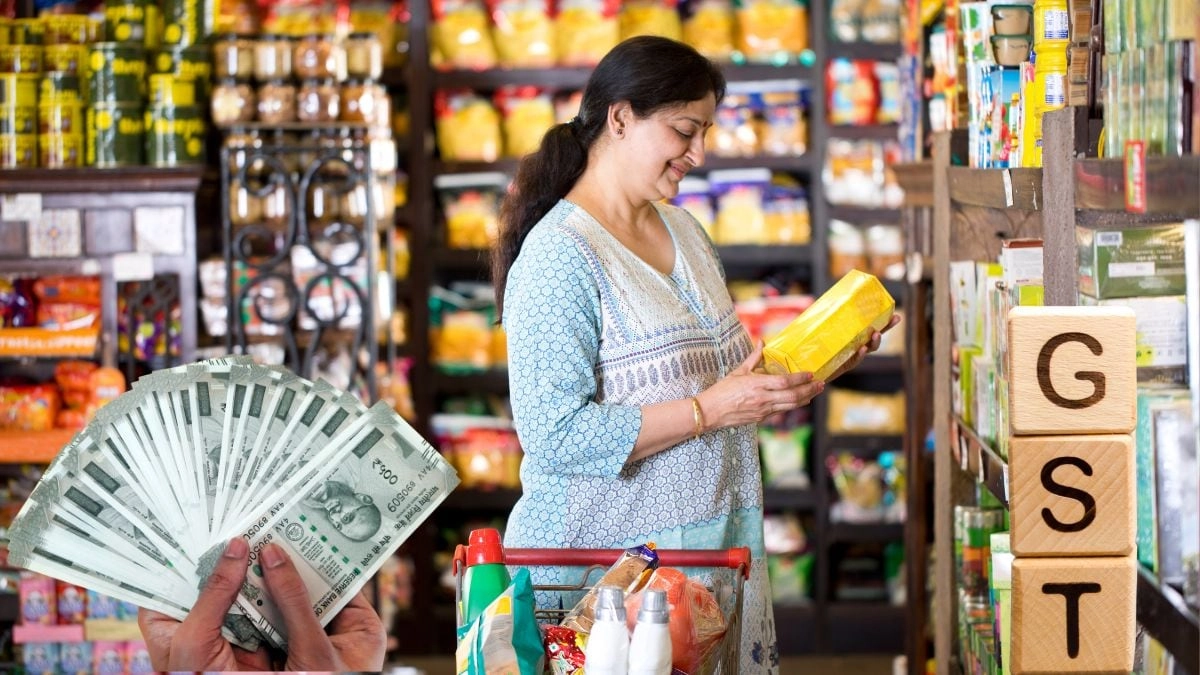Starting from September 22, a significant overhaul of the Goods and Services Tax (GST) structure has been implemented, introducing new slabs that will impact various sectors of the economy. Under this revised scheme, essential goods and services will now fall under the 5% and 18% GST slabs, aimed at easing the financial burden on consumers while ensuring that basic necessities remain affordable. This adjustment reflects a strategic move by the government to streamline taxation and enhance compliance, ultimately benefiting both consumers and businesses.
The introduction of these GST rates is particularly noteworthy as it specifically targets items that are deemed essential for daily living. By placing essential goods in the lower tax brackets, the government intends to facilitate access to necessary products, thereby promoting inclusive economic growth. This initiative is expected to help lower-income households manage their expenses better and stimulate consumer spending in the economy. The 18% slab will cater to a broader range of goods and services, effectively balancing revenue generation for the government while keeping prices in check for the average consumer.
In stark contrast, the new tax structure also introduces a steep 40% GST rate for super luxury items. This measure is designed to target high-end consumer markets, which typically include luxury cars, high-end jewelry, and other extravagant goods. By imposing such a high tax rate on luxury items, the government aims to ensure that the wealthier segments of society contribute a fairer share to the national revenue. This approach not only seeks to discourage excessive consumption of non-essential luxury goods but also aims to redistribute wealth more equitably across the population.
Overall, the revision of the GST slabs marks a pivotal shift in fiscal policy that reflects the government’s commitment to balancing economic growth with social equity. The restructured tax rates are expected to create a more efficient and fair taxation system that ultimately benefits consumers while fostering a sustainable economic environment. As the new rates come into effect, both businesses and consumers will need to adapt to the changes, which could lead to a re-evaluation of pricing strategies and spending habits in the marketplace.




